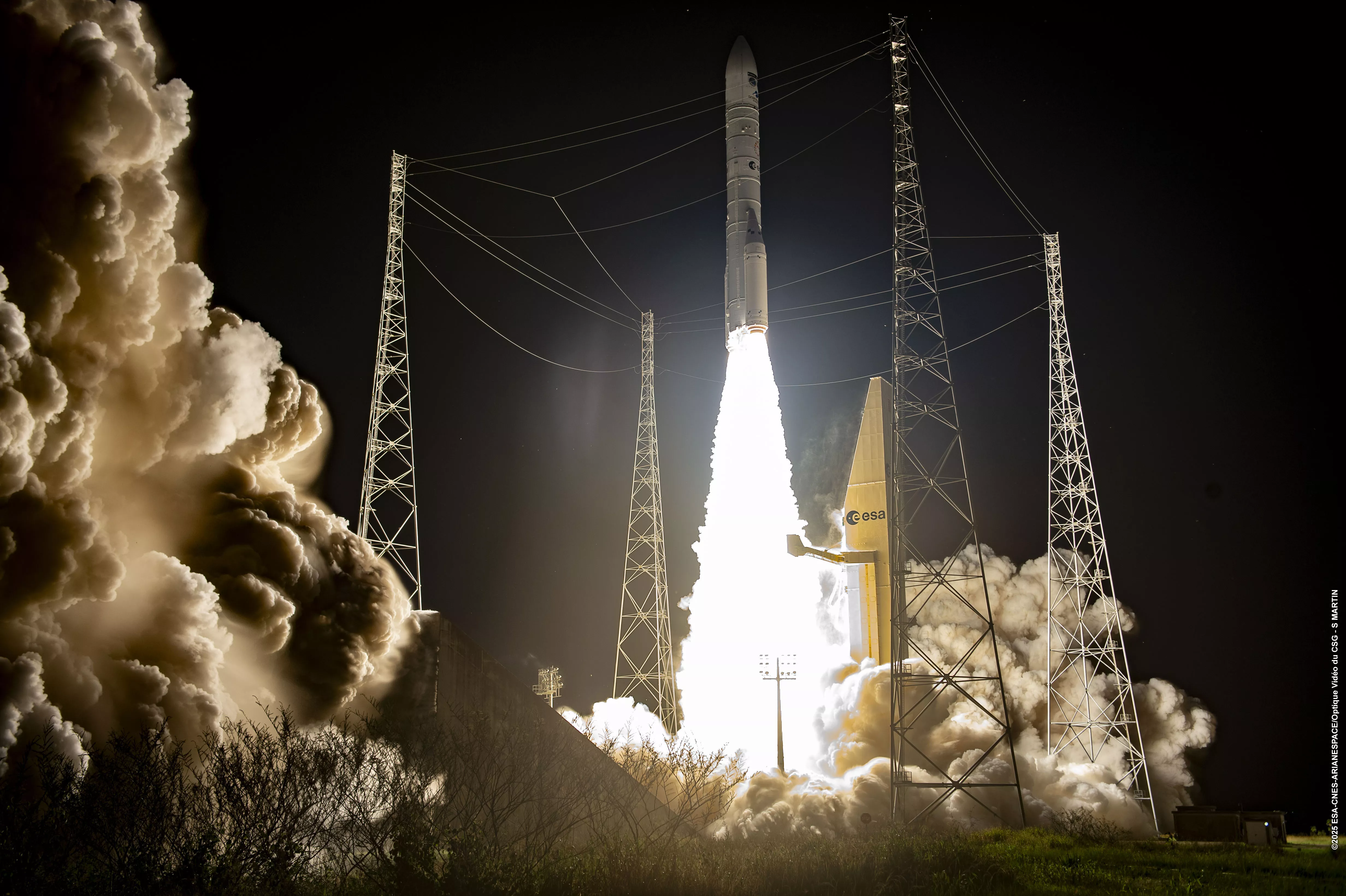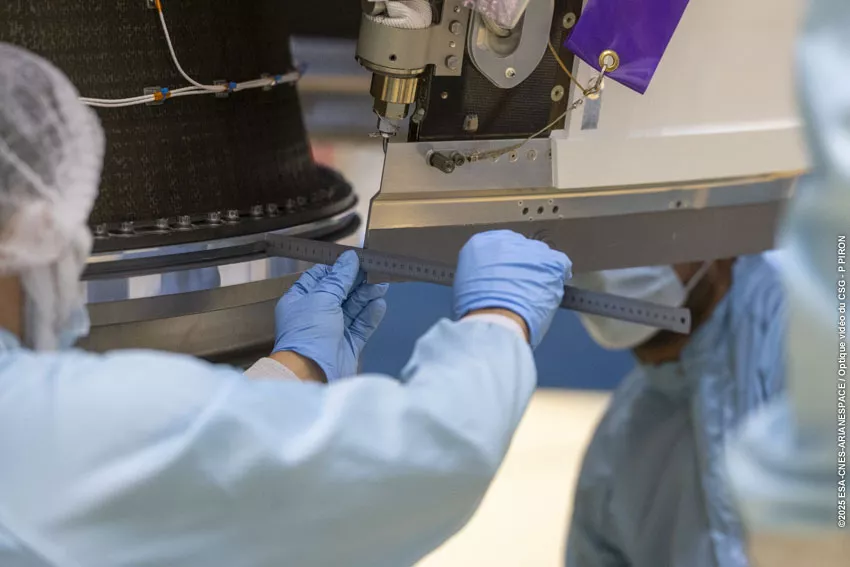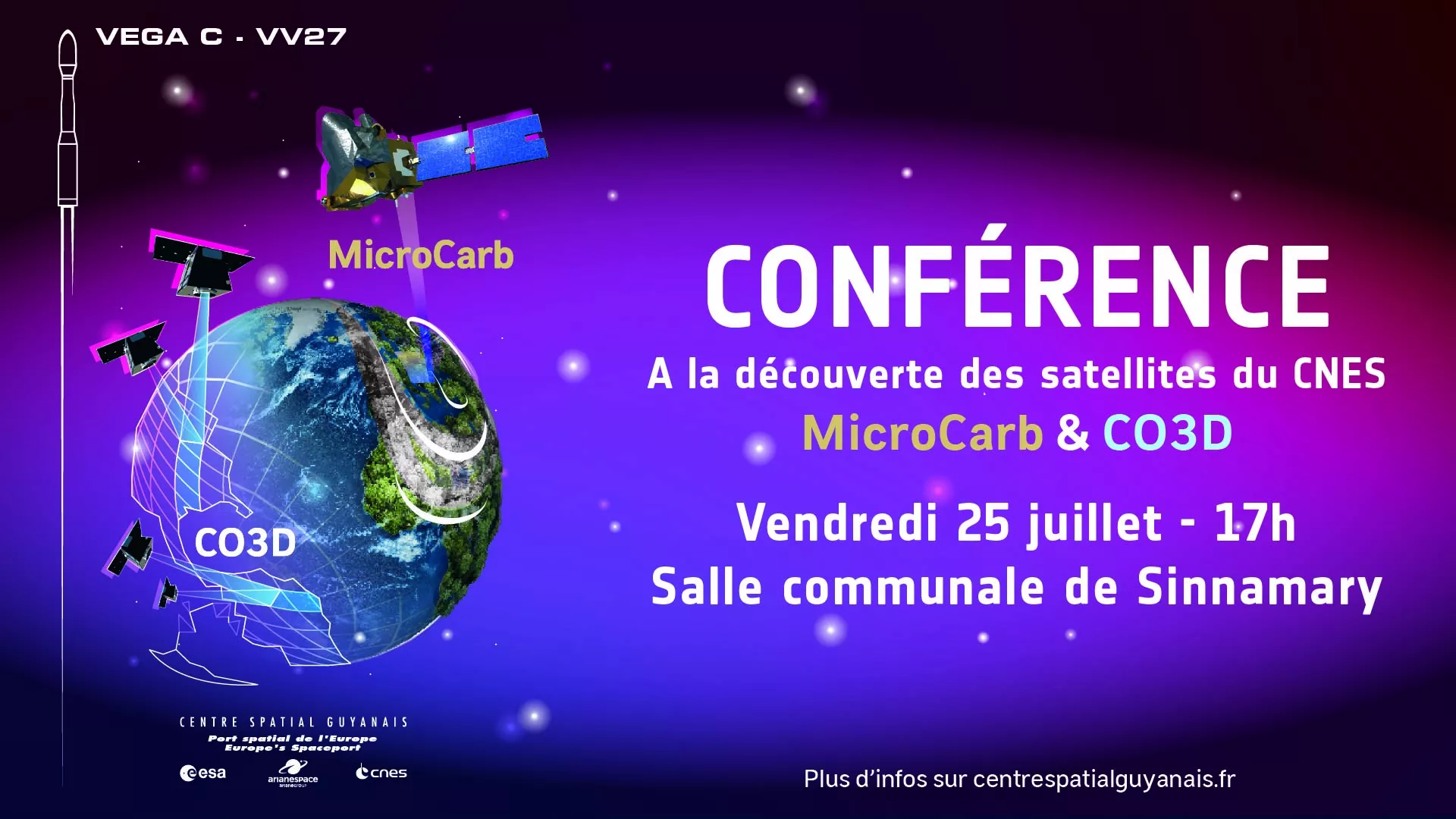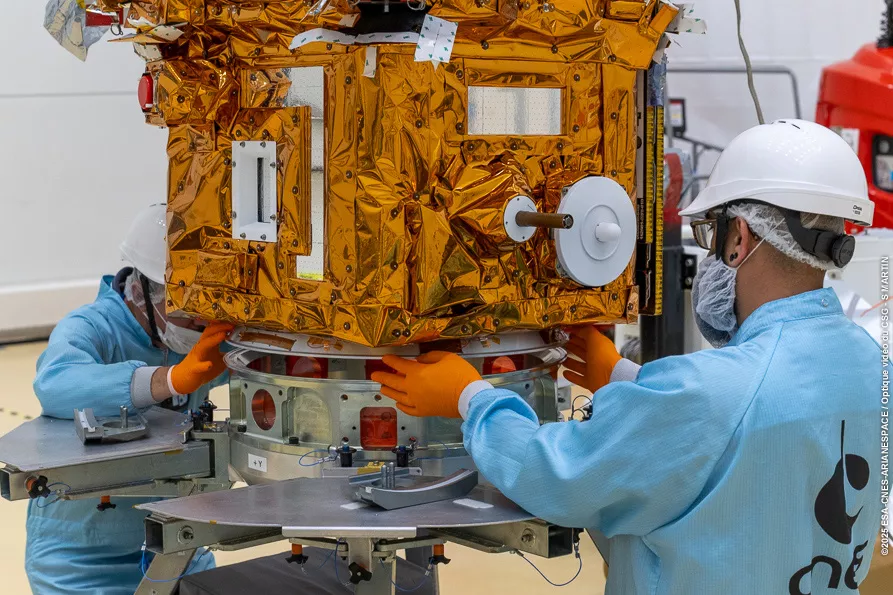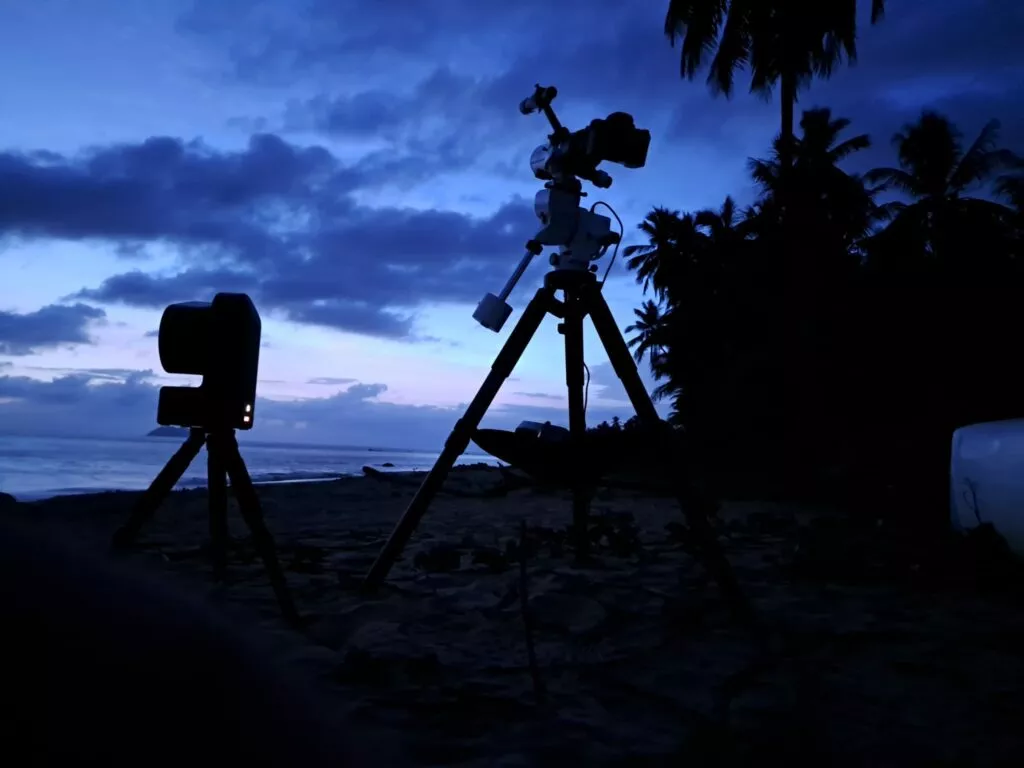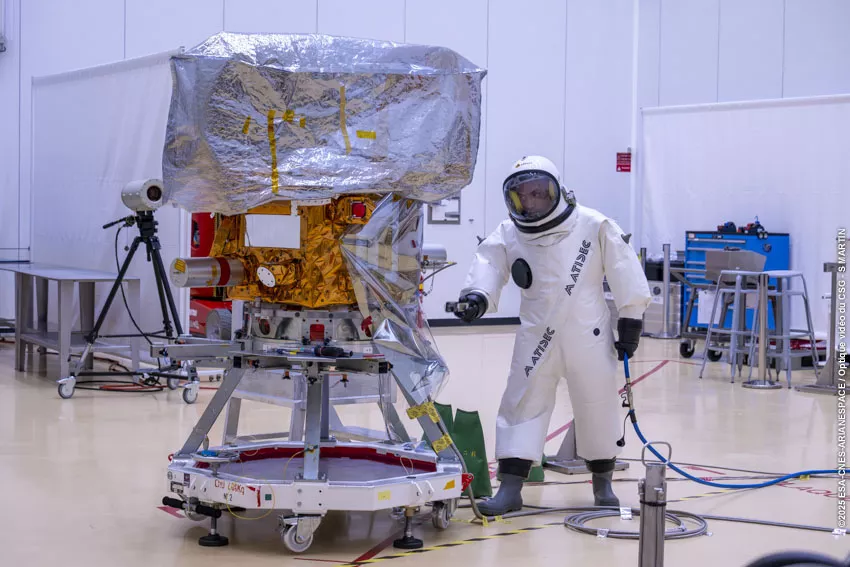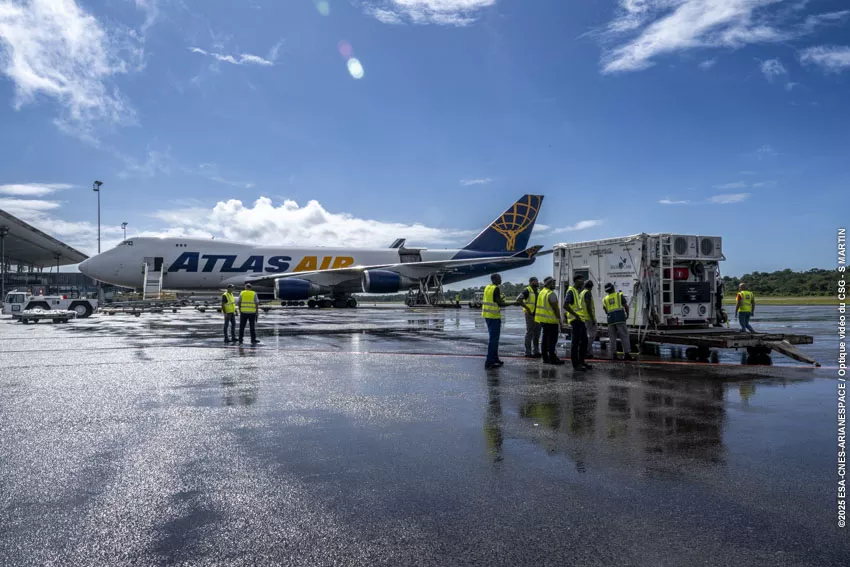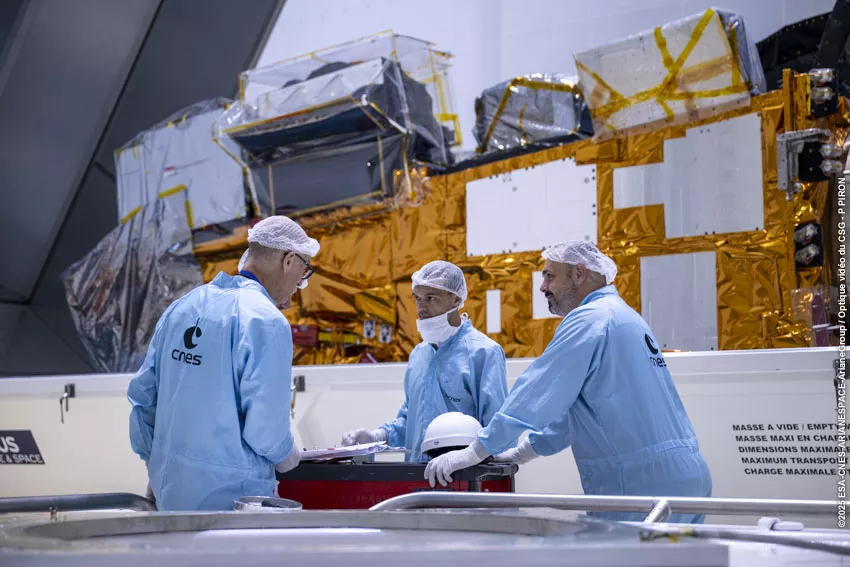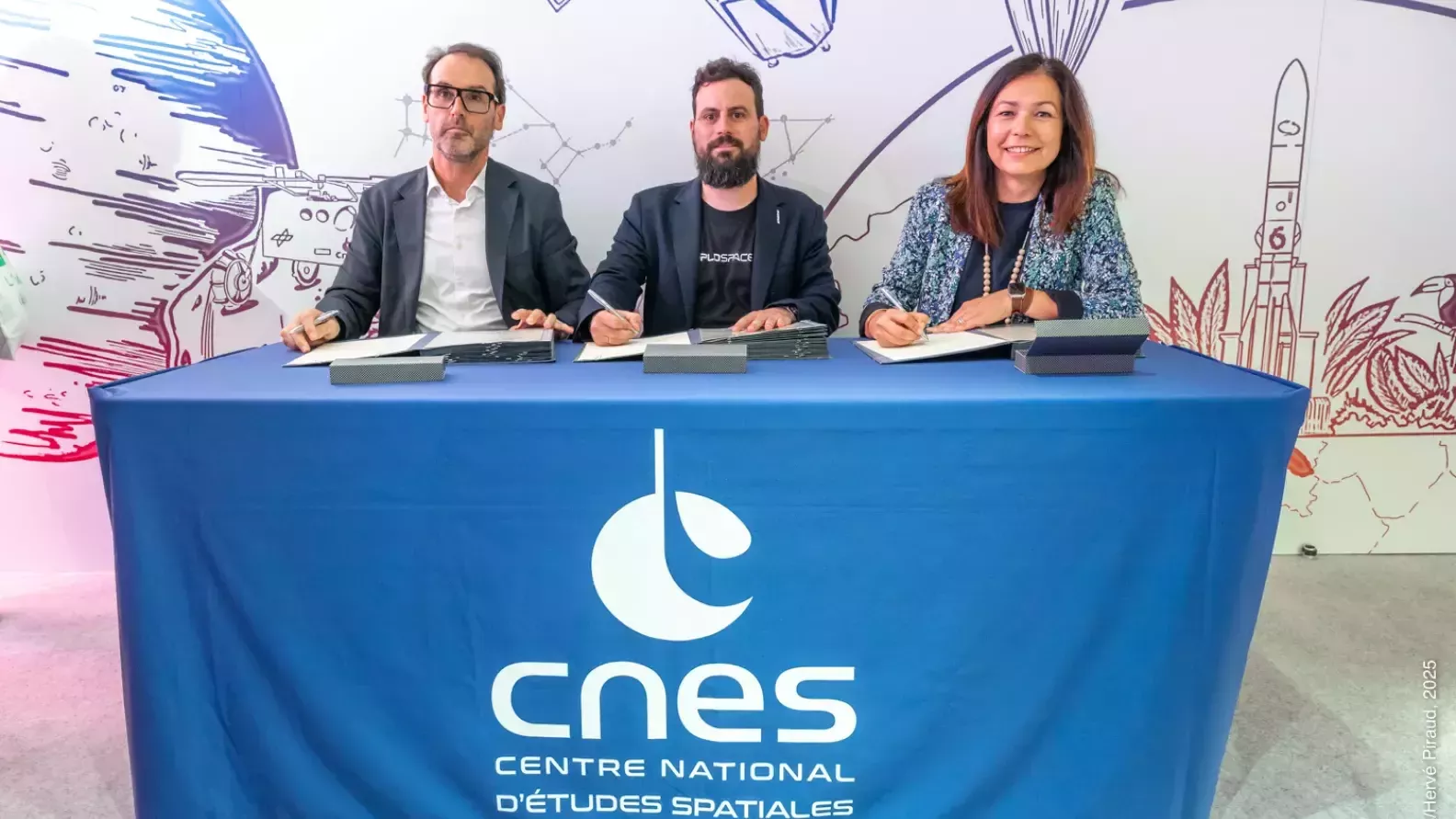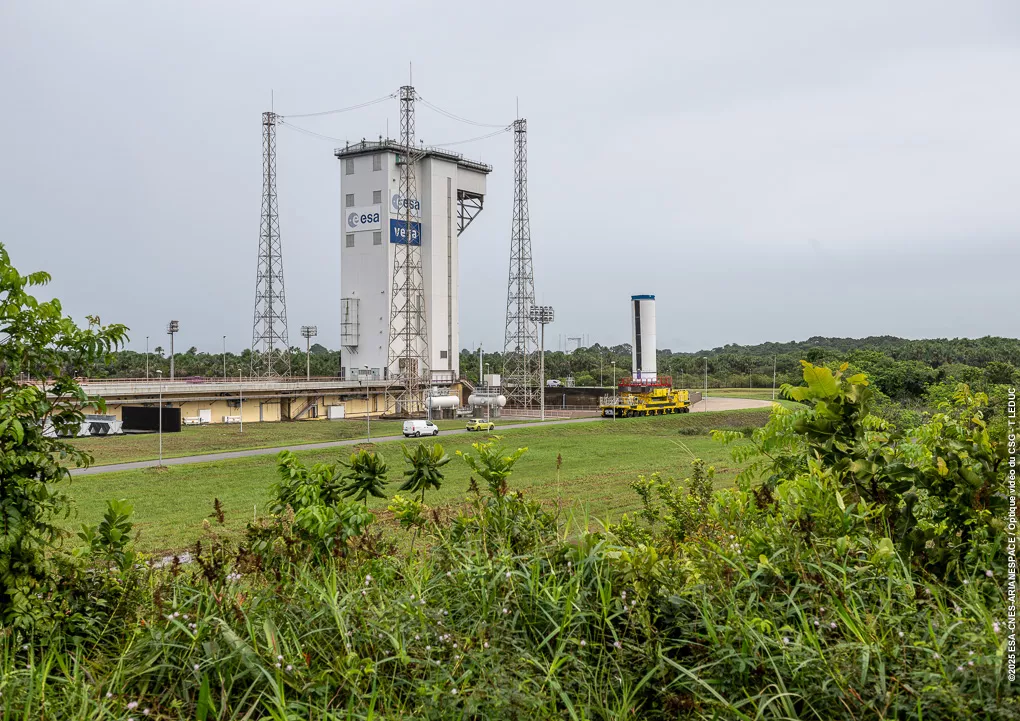Webb and Ariane 5: a tailor-made launch
Five years ago, the European Space Agency (ESA), ArianeGroup, Arianespace and NASA began developing and qualifying adaptations of the Ariane 5 launch vehicle to accommodate the James Webb Space Telescope (JWST).
A closer look at the major adaptations.
Ariane 5 customised for the event
The European launch vehicle will carry the new space telescope to its final destination. Tailor-made adaptations had to be made so that Ariane 5 could accommodate this unique passenger.
- The thrust: Ariane 5 must first enable the telescope to reach its orbit at the L2 Lagrangian point, 1.5 million kilometres from Earth. To do this, the upper stage will provide greater acceleration, to give sufficient impetus to reach the target orbit.
- The trajectory: some of the JWST’s equipment is sensitive to luminosity and to temperature variations. As a result, the launcher trajectory was adjusted to maintain the satellite’s constant orientation with respect to the Sun after separation of the fairing, thereby avoiding overheating.
- The fairing: JWST requires a much lower pressure level than on a conventional mission for its heat shield to withstand the shock of depressurisation during separation. To address this issue, the solution adopted was to seal the edges of the sandwich panels that make up the fairing and modify the 28 vents located around the fairing. These will remain open throughout the flight thanks to a mechanical locking system and will continue to expel air.
- The launch time: the launch has been scheduled for around midday, with the sunlight falling on the launcher nose, so that when the telescope separates, the Sun is behind the launch vehicle.
- The size of the telescope: In its folded position, Webb stands at 10.66 meters tall and 4.5 meters wide, taking up 95% of the cap's total volume. Consequently, integrating the telescope with the launcher requires a delicate operation that involves a specific process and additional checks throughout the journey.
The adjustments made enabled Ariane 5 to validate its qualification for this unique flight.
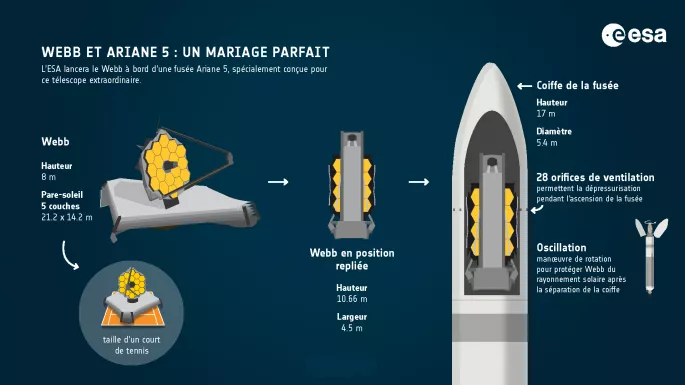
Exceptional cleanliness criteria
Before being deployed at Europe’s spaceport, the Webb telescope must meet stringent cleanliness standards, especially for its mirrors and the observatory’s instruments. Consequently, during the filling process, fuel technicians were also subjected to particle detection using UV light. See images below:
Preparing the James Webb Space Telescope in the clean room.
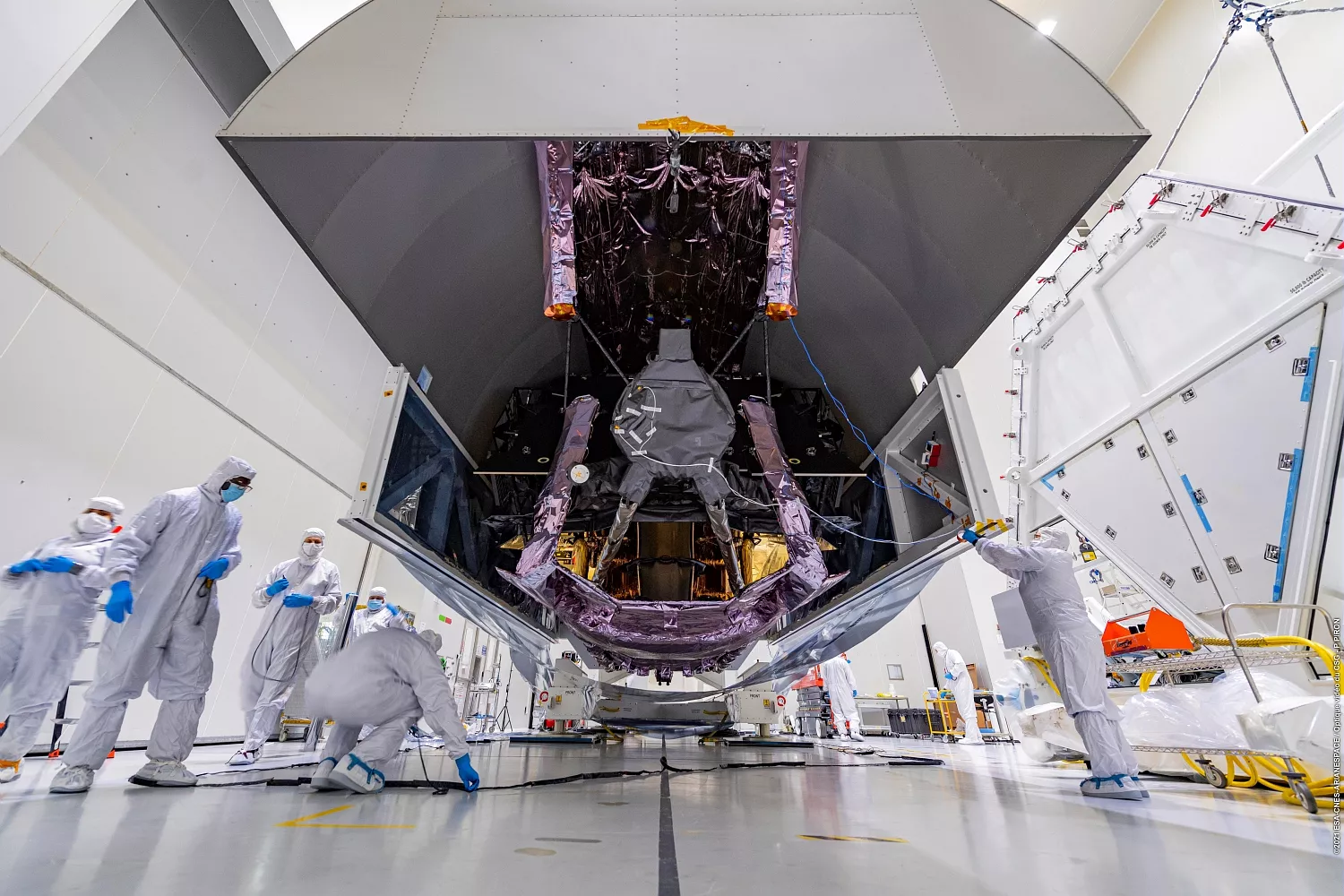
Opening of the Webb telescope container in a clean room.
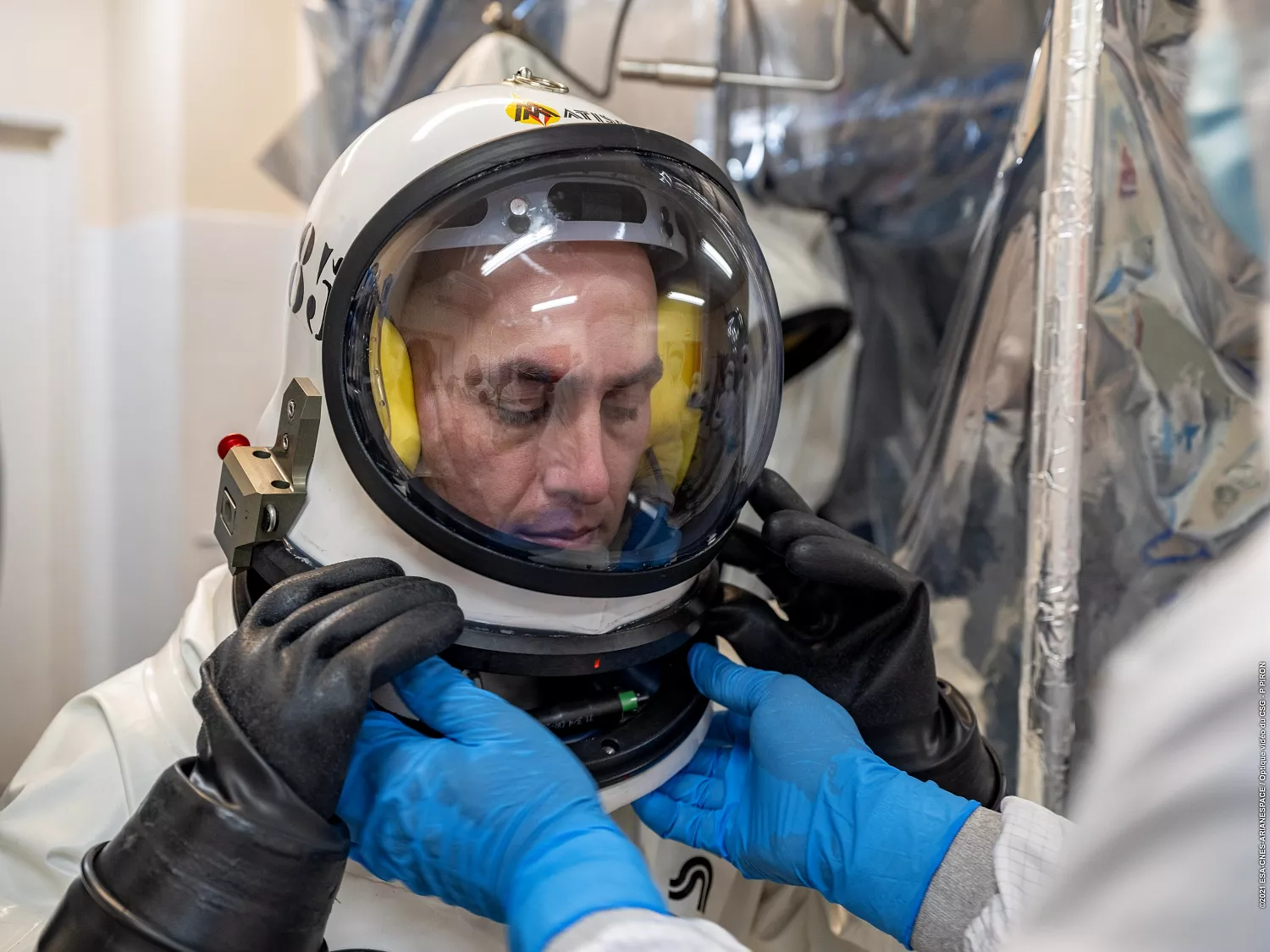
It’s the ergoliers' turn to get ready for filling.
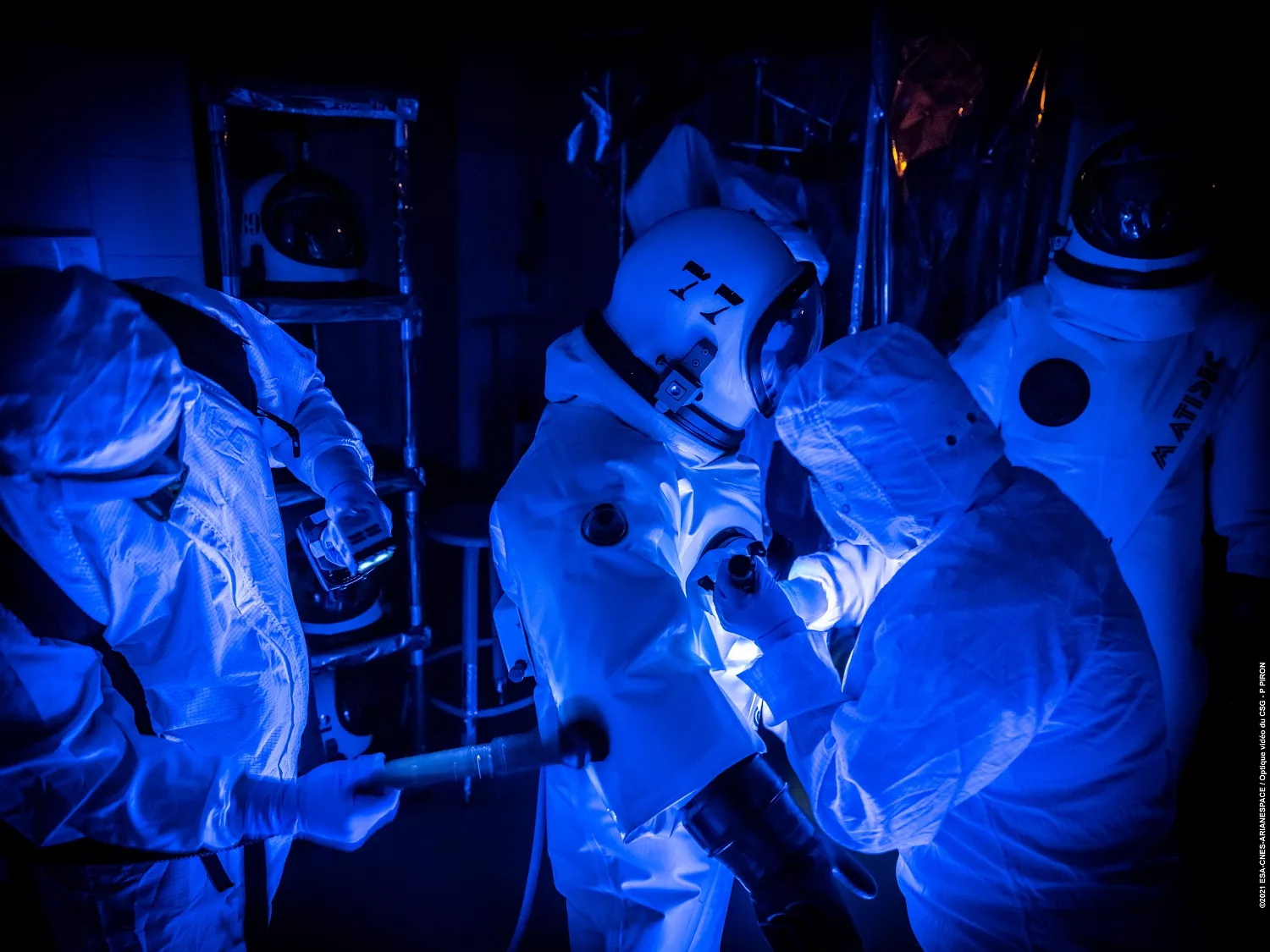
After the suit is put on, fuelmen undergo a particle detection procedure.
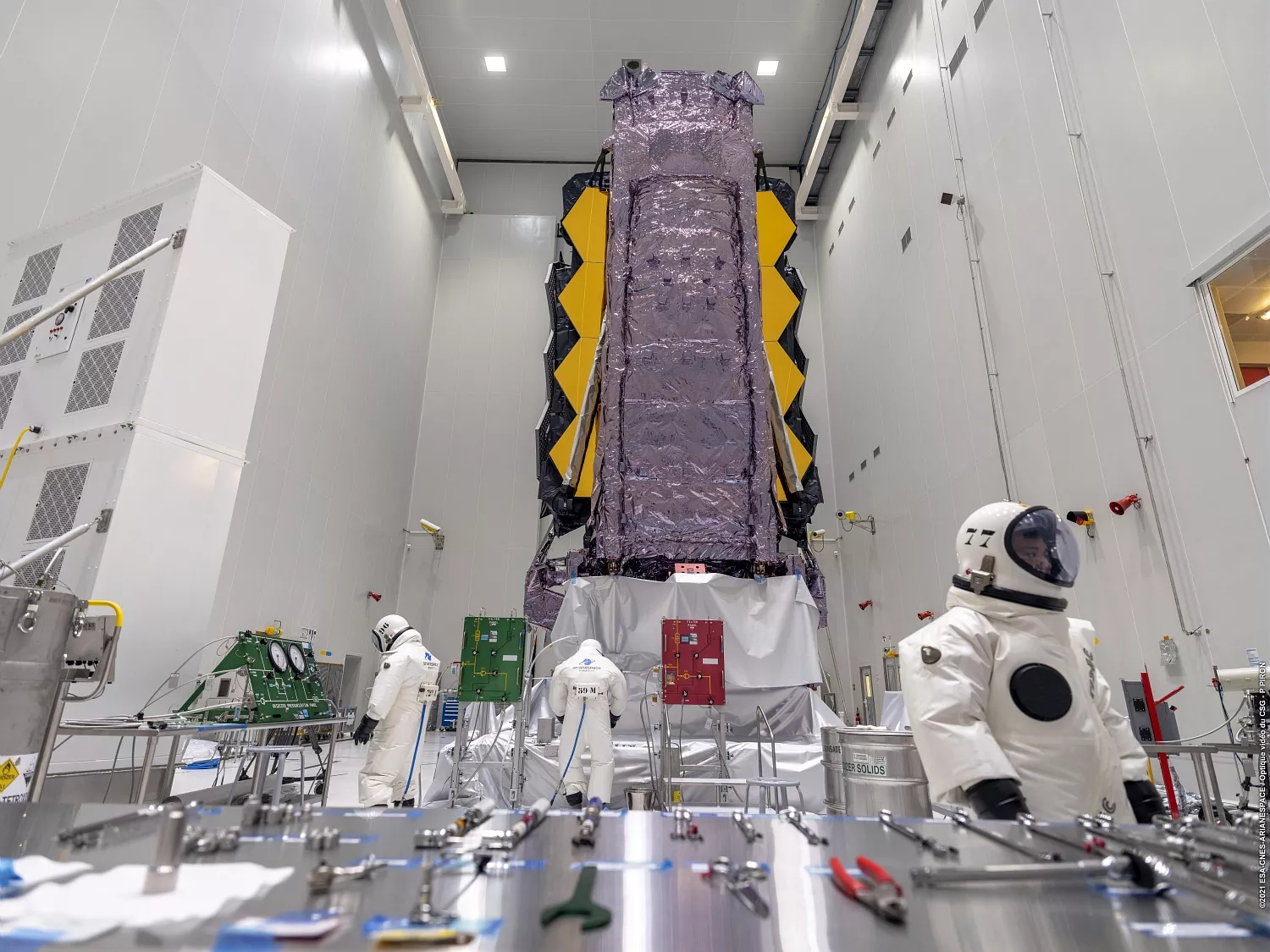
Tanks of Webb are being filled with propellant.
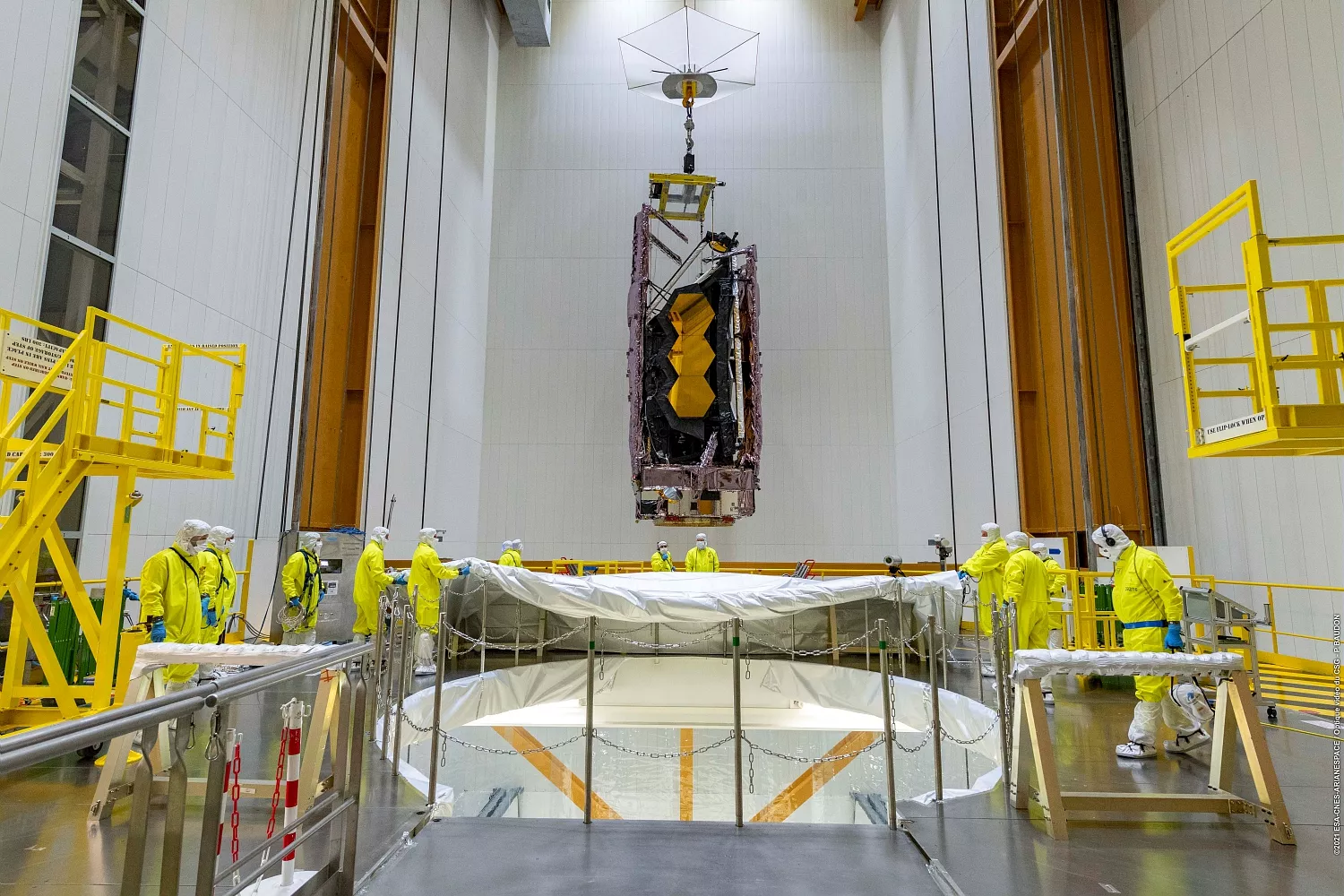
Installation of the Webb telescope on the Ariane 5 launcher.
To find out more about the telescope and its mission, download the Webb launch kit.
In the same section
-
VA264 mission is a success!
04/09/2025VV27: behind the scenes at Europe’s spaceport as MicroCarb and CO3D get ready for lift-off
31/07/2025VV27: two conferences to find out more about satellites
30/07/2025Flight Vega-C : VV27 mission in a nutshell
24/07/2025Stargazing Event Ahead of the VV27 Mission Launch
23/07/2025VV27 : deux nouvelles étapes pour MicroCarb et CO3D
17/07/2025[VV27] CO3D and MicroCarb have arrived in French Guiana
